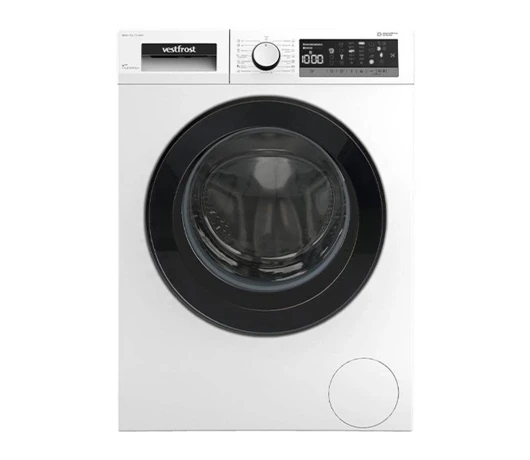Обираючи велику побутову техніку, а особливо — пральні машини, ми часто чуємо такі терміни як “прямий” та “непрямий” привід. Для того, щоб розуміти про що йдеться, принцип роботи, в чому різниця, переваги та недоліки обох типів двигунів ми поставили ці запитання нашому партнеру — мережі магазинів побутової техніки та електроніки ВМ Техніка.
Принцип роботи
Розпочнемо з того, що тип приводу пральної машини тісно пов’язаний із будовою двигуна та принципом його роботи. Наразі на полицях магазинів розповсюджено два основних типа моторів:
- Колекторний. По суті — це мотор класичної будови. Ротор зі статором створюють обертальний момент, який за допомогою ременя змушують крутитись барабан. Управляти процесом дозволяє колектор і щітки.
- Інверторний або безщітковий. Також включає і статор, і ротор. Але із конструкції в цьому випадку прибрали колектор та щітки. Управління швидкістю руху відбувається за допомогою інвертора, який за рахунок перетворення струму здатний плавно регулювати напругу та частоту подачі живлення.
Саме від наявності в будові двигуна певних конструктивних елементів і названі типи приводів. Якщо для запуску барабану пральної машини необхідно використовувати ремень та щітки, то такий тип приводу машини називається непрямим. Якщо такі елементи відсутні — привід називають прямим.

Прямий привід у пральних машинах почали використовувати з розробкою і удосконаленням інверторних двигунів. Цей різновид моторів дозволив напряму передавати обертальний момент від двигуна барабану.
Перша пралка з прямим приводом здійснила фурор на ринку у 2005 р. Випустила таке диво техніки компанія LG. Згодом, практично усі гіганти у виробництві побутової техніки додали до своїх лінійок прилади з прямим приводом.
Не варто також забувати ще про один нюанс — інверторні двигуни виробниками також використовуються і в системах з непрямим приводом. Це дозволяє підвищити надійність і довговічність пральних машин, але не прибирає основного недоліку непрямого приводу — необхідність частої заміни ременя, який розтягується.
Недоліки та переваги
Почнемо з машин з непрямим приводом. Основними перевагами такої будови називають простоту конструкції, високий крутильний момент та стійкість до перевантажень.
Колекторні машинки непрямого приводу — ідеальний вибір при обмеженому бюджеті. Вони гучніші в роботі, створюють вищу вібрацію, тому їх встановленню варто приділяти більше уваги або обов’язково використовувати антивібраційні килимки чи підставки. Проте ці прилади досить надійні, прості у використанні, мають високі показники енергоефективності та стабільні в роботі.
Інверторні ремінні пралки отримали дещо вищий цінник, проте:
- мають вищий ККД, кращу енергоефективність та більшу довговічність;
- конструктивна відсутність щіток, як з’єднувального елементу зменшує необхідність частого обслуговування;
- створюють відчутно менший рівень шуму та вібрації;
- плавна зміна швидкості та чітке регулювання напруги дозволяють довше зберегти ремень цілим та неушкодженим.

Колекторні пралки потребують сервісного обслуговування з частотою раз на 6-12 місяців, інверторні — раз на 1-2 роки.
Найнадійнішою, найтихішою, найстабільнішою і найзаощадливішою конструкцією пралки вважається прямий привід. По всім вищеперерахованим параметрам вони переважають ремінні моделі. Проте мають один суттєвий недолік для покупців — вартість. Такі пральні машини цінником в рази можуть перевищувати варіанти з непрямим приводом.
Висока вартість пралок на прямому приводі зумовлена дороговартісним виробництвом. Ця технологія відносно нова та потребує спеціалізованого устаткування. Плюс — самі виробники використовують новітні досягнення для створення преміум лінійок побутових приладів.
Отож, майбутні користувачі мають можливість і досхочу варіантів обирати яку саме пральну машину купувати: класичну колекторну, ремінну на інверторному двигуні або прямого приводу. Функціонал моделей доволі широкий та багатоваріативний. Як і габарити моделей. Найважливішим питанням залишається тільки бюджет покупки.


 4237
4237












